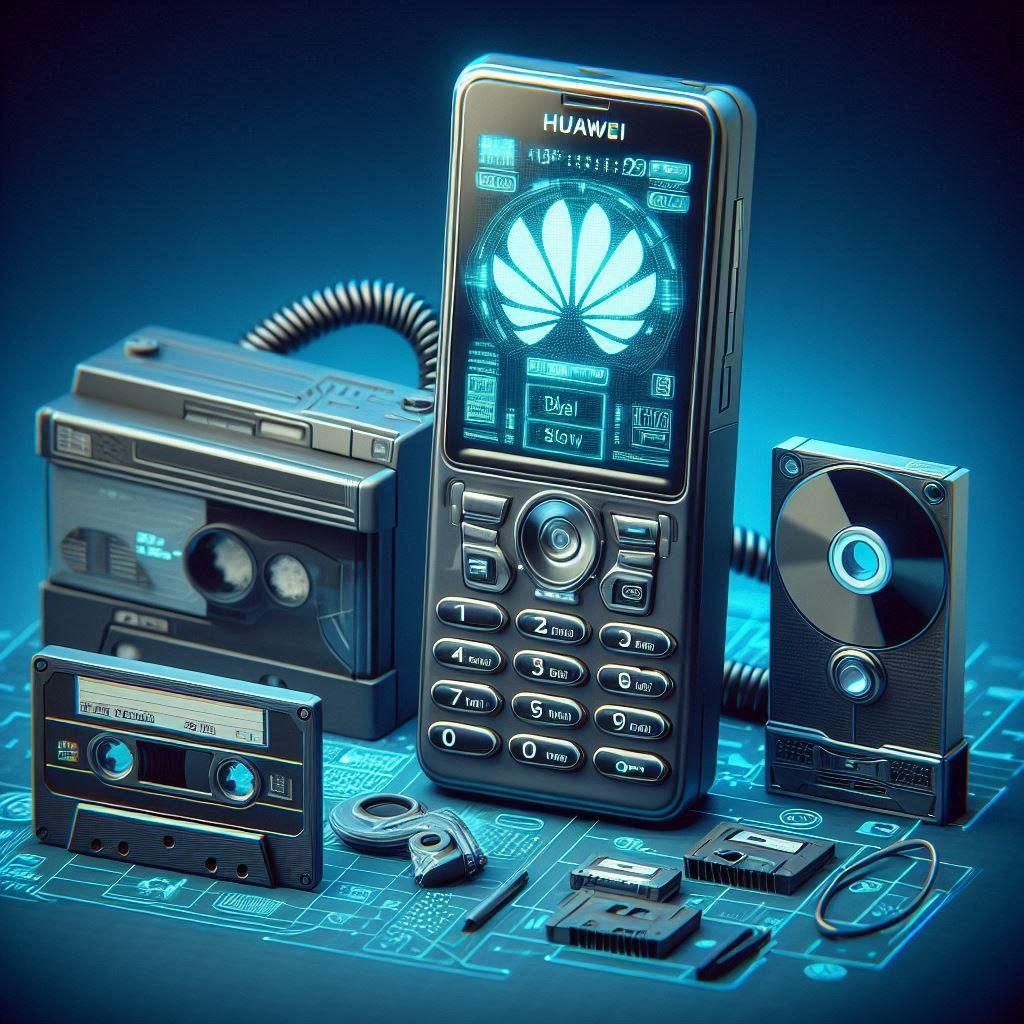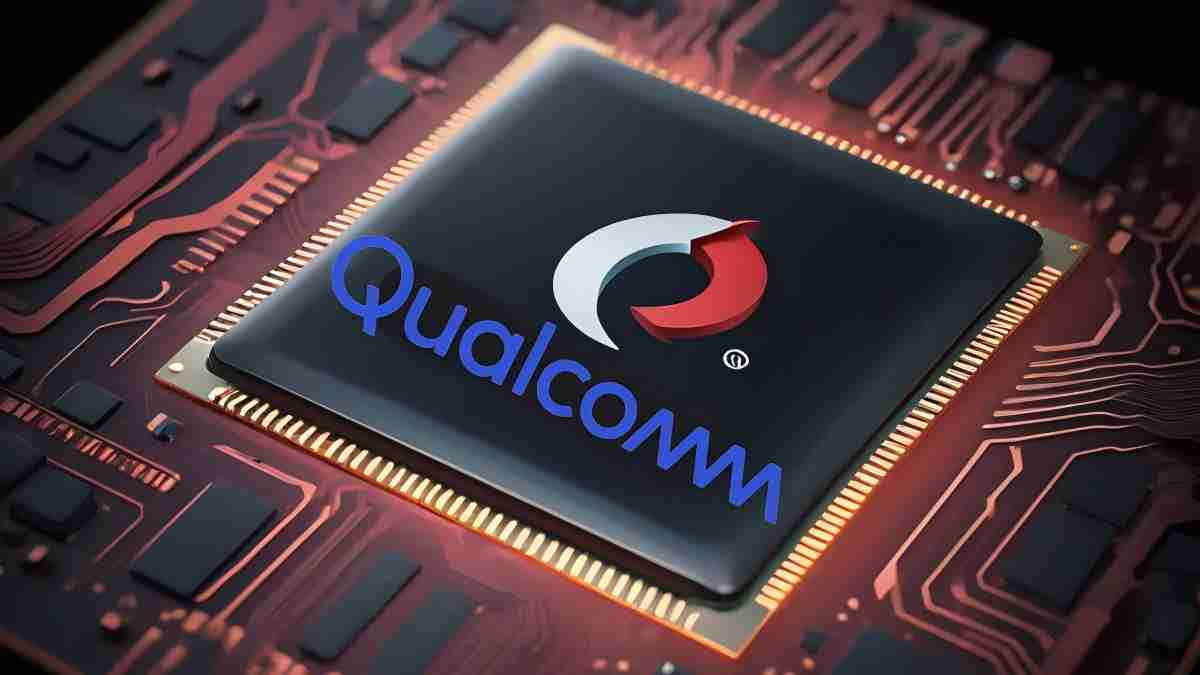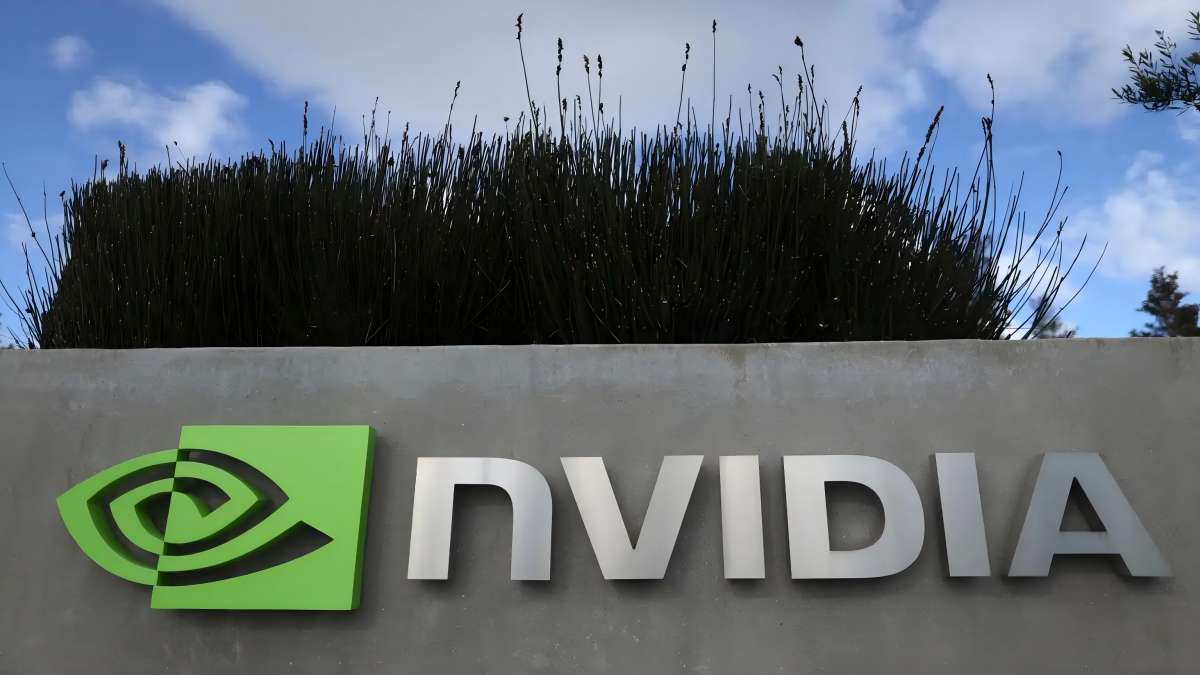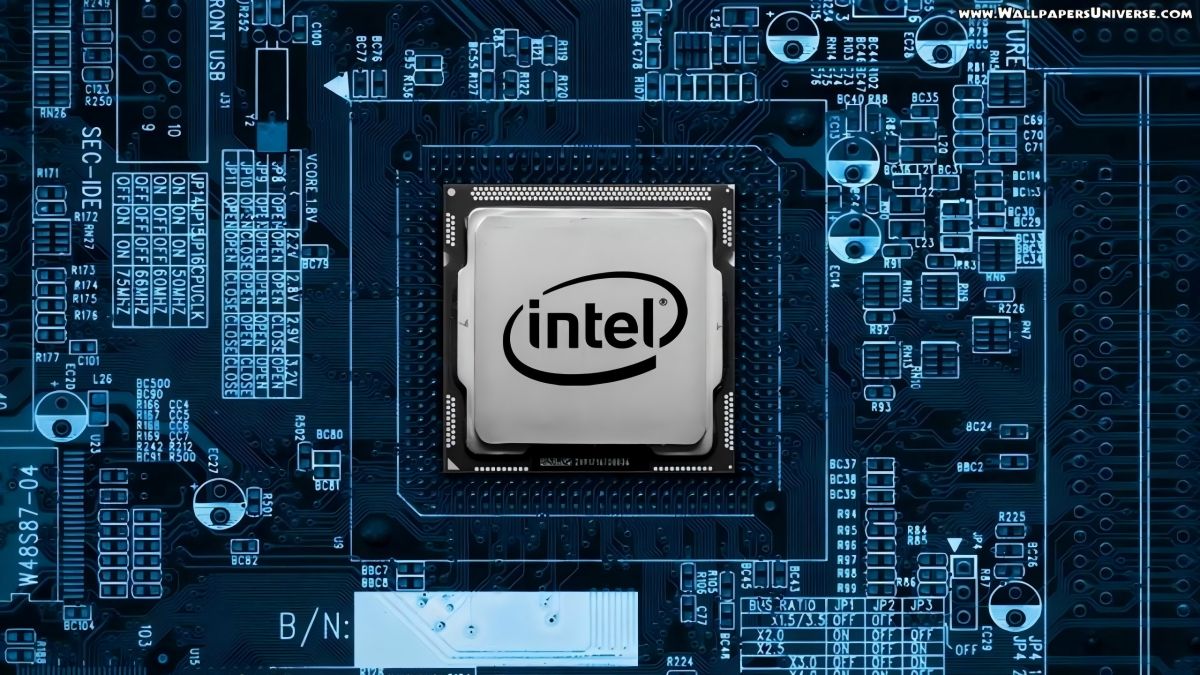The Origins and Development History of Huawei
Huawei Technologies Co., Ltd., commonly known as Huawei, has been in the media spotlight for the better half of the last decade.
The Chinese multinational company, headquartered in Shenzhen, Guangdong, has been on an upward trajectory, growing from a small startup in 1987 to one of the leading providers of telecommunications equipment and consumer electronics in the world.
This article aims to explore Huawei’s journey, including its development milestones, innovations, and the challenges it has faced.
Huawei’s humble beginnings
Huawei was established in 1987 by Ren Zhengfei, a former army engineer. Ren founded the company with limited capital as a sales agent for a Hong Kong-based producer of private branch exchange systems (PBX).
The primary motive was to exploit the emerging domestic market since it was dominated by overseas firms.
In the early nineties, Huawei started shifting from being solely a reselling company to developing its own technologies. This resulted in the establishment of its first PBX product after a lot of money had been spent in research and development (R&D).
Therefore, this is where the company embraced innovation right from the start, which has become its guiding principle over the years.
During the 1990s, Huawei strove hard to firmly implant itself in China. The firm decided that their commitment to R&D was paying off when they managed to invent better telecommunication equipment.
By the mid-1990s, major Chinese telecom operators had given them huge contracts, thereby confirming their position as one of the most important players in this sector.
Huawei started its entry into the international market during the late 1990s and early 2000s. The company took up an assertive expansion strategy by entering markets in Asia, Europe, and Africa.
Competitive pricing strategies coupled with a commitment to quality and innovation enabled it to secure contracts and establish operations worldwide.

Huawei’s milestones in technological innovations
Since its establishment, Huawei has always been at the forefront of telecommunications technology, playing a key role in the development of 3G and 4G networks.
The company’s R&D efforts resulted in breakthroughs that enabled the delivery of state-of-the-art solutions to customers. By developing new technologies, Huawei made mobile networks faster and more reliable during the global transition from 2G to 3G/4G.
Besides telecommunication infrastructure, Huawei has shown considerable progress in the consumer electronics market. This happened when the company released its first smartphone in 2004, marking the beginning of a new era.
This made Huawei one of the leading smartphone producers globally, with successful releases of smartphones, tablets, and wearables later on.
Possibly the most significant accomplishment of Huawei is that it leads in 5G technology. It has spent billions on research and development in 5G, which has led to the invention of advanced technologies that have the ability to provide faster speeds, reduced latency, and extended coverage.
Huawei’s 5G technology has been embraced by many nations worldwide, which has given it the title of a global telecommunications powerhouse.

Huawei’s international milestones and partnerships
Huawei’s foreign order book exceeded its domestic sales in 2005, surpassing its domestic sales for the first time in its history.
The company signed a global agreement with Vodafone, making Huawei the first Chinese telecom equipment supplier to be granted approved supplier status through Vodafone’s global supply chain.
In 2007, Huawei joined forces with an American security software firm called Symantec to establish Huawei Symantec with the aim of providing all-inclusive network data storage and security solutions.
In 2012, however, Huawei bought out Symantec’s shares due to concerns from Symantec about accessing US government information on cyber threats.
In May 2008, Australian telecom carrier Optus announced plans to set up a technology research facility with Huawei in Sydney. Later that year.
Huawei agreed to help build a new HSPA+ network based on GSM for Canadian carriers Bell Mobility and Telus Mobility, along with Nokia Siemens Networks.
It was only in 2009 that the first commercial LTE/EPC networks were launched by TeliaSonera in Oslo using equipment supplied by Huawei. However, Telenor of Norway decided against using Huawei as their vendor of choice because of various pressing security issues.
Huawei's resilience amidst intellectual property disputes, security concerns, and trade restrictions
Soon, Huawei became involved in several global IP disputes. It faced several lawsuits and accusations of infringing on patents. Nonetheless, the company was unyielding against these challenges, with innovative projects that supported its IPR defense campaigns.
Huawei’s perceived security risks and geographical tensions have been two areas of concern as well. In different parts of the world, it is publicly stated that Huawei poses a threat to national security since it can be linked to the authoritarian Chinese communist government.
Some markets have since banned or restricted their citizens from using Huawei products.
Huawei has experienced a lot of hurdles in its operations because of trade restrictions imposed by America and other countries. These curbs have denied it access to crucial technologies and materials, leading to serious supply chain issues and product development problems.
Despite these difficulties, Huawei has maintained its focus on innovation and has kept searching for alternative

Diversification and new ventures
Huawei has responded to these challenges by undertaking diversification and exploring new businesses. The company is diversifying into sectors like cloud computing, AI, renewable energy, and others to reduce its reliance on traditional telecom equipment and create new sources of income.
The company is also dedicated to sustainability and environmental responsibility. It invests in green technologies as well as energy-efficient systems across all its operations.
This means that the company’s long-term strategy includes efforts to reduce carbon emissions and contribute to a more sustainable future.
Huawei remains committed to researching and developing its products. The firm continues to invest heavily in research and development, with a focus on 6G, quantum computing, and next-generation artificial intelligence technologies.
Even though it faces numerous hurdles, Huawei’s dedication to innovation will ensure it remains a significant industry player in technology in the years ahead.
Huawei's journey from a small startup to a global technology giant is a testament to its commitment to innovation, quality, and resilience. The company's ability to adapt to changing market conditions and overcome challenges has been crucial to its success.
OTHER NEWS
-
- The Rise of Mid-to-High-End Chips and Global Competition
- By Prodosh Kundu 01 Aug,2024

-
- The History of the Technological Titan Google LLC
- By Prodosh Kundu 22 Jul,2024

-
- The Virtual Era of Reality
- By Taruna Agarwal 16 May,2024

-
- The Evolution of Oracle: From Inception to Modern Innovations
- By Prodosh Kundu 29 Jul,2024

-
- The Rise of QUALCOMM from Inception to Innovation
- By Prodosh Kundu 23 Jul,2024

-
- The Powerful Impact of Social Media on Digital Marketing in Current Times
- By Ayesha Asif 16 May,2024

-
- The Journey of NVIDIA Corporation Since its Foundation
- By Prodosh Kundu 30 Jul,2024

-
- The development history of Baidu
- By Prodosh Kundu 30 Jul,2024

-
- A Concise History of Amazon: The Evolution of the Everything Store
- By Prodosh Kundu 22 Jul,2024

-
- The Profound Impact of Social Media on Digital Marketing Strategies
- By Molly Joshi 16 May,2024

-
- Tencent’s Path to Success Since 1998
- By Prodosh Kundu 31 Jul,2024

-
- The History of Intel: Pioneering Innovations in Semiconductors and Shaping the Future of Computing
- By Prodosh Kundu 29 Jul,2024

 1
1 1
1